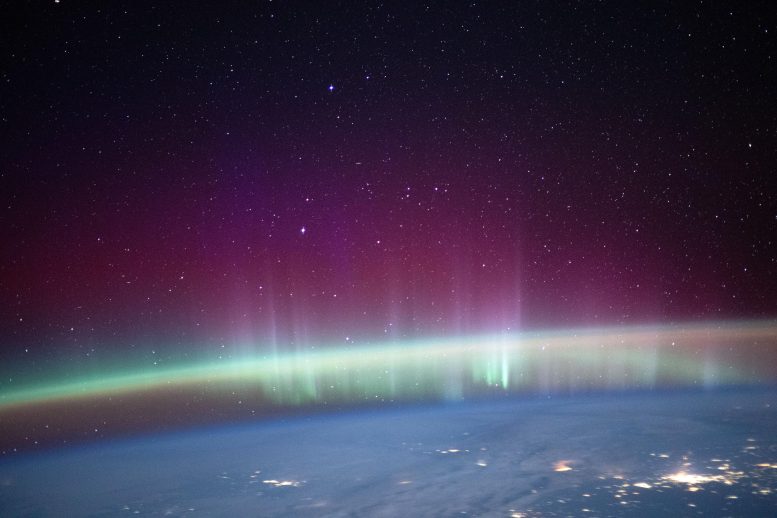
An aurora intersects Earth’s airglow beneath a starry sky in this photograph from the International Space Station as it orbited 261 miles above western Kazakhstan near the Caspian Sea. Credit: NASA
The International Space Station Expedition 70 crew is beginning its first full week together following last week’s departure of the station’s longest-serving crew at 371 days. The seven orbital outpost residents kicked off Monday with human research and space physics, as well as spacesuit work and life support maintenance.
Research and Innovations
NASA Flight Engineer Jasmin Moghbeli started her day setting up the Echo ultrasound system in the Columbus laboratory module for the Vascular Aging study. She scanned her neck, leg, and heart with support from ground personnel to help doctors understand accelerated aging-like symptoms that occur in a crew member’s arteries while living in space. Moghbeli also worked on station hardware as she set up a lighting system that will be placed outside the Kibo laboratory module in the vacuum of space.
Eye checks were also on the schedule as NASA Flight Engineer Loral O’Hara examined the eyes of JAXA (Japan Aerospace Exploration Agency) astronaut Satoshi Furukawa using standard medical imaging gear. Doctors are studying how weightlessness affects the retina, the shape of the eye, vision, and other properties to ensure good optical health in space.
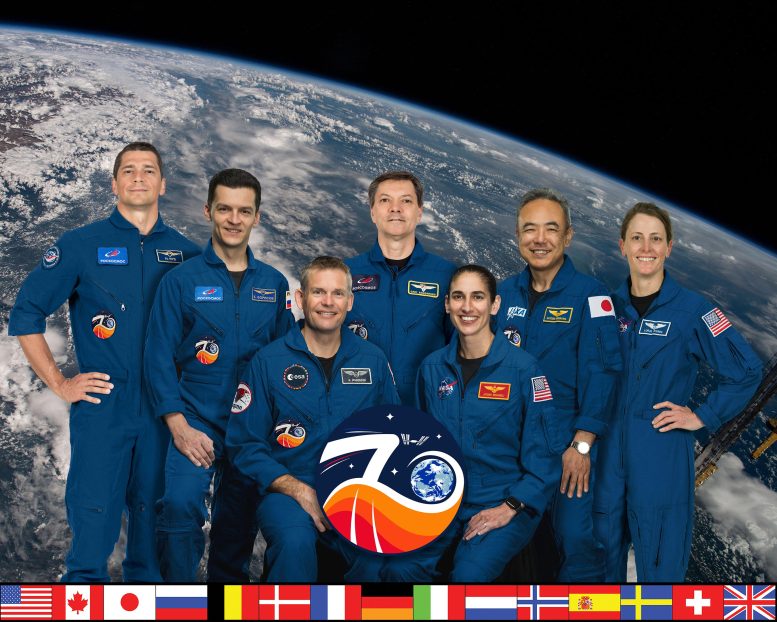
The official Expedition 70 crew portrait with (top row from left) Roscosmos cosmonauts Nikolai Chub, Konstantin Borisov, and Oleg Kononenko; JAXA (Japan Aerospace Exploration Agency) astronaut Satoshi Furukawa; and NASA astronaut Loral O’Hara. In the front row are, ESA (European Space Agency) astronaut and Expedition 70 Commander Andreas Mogensen and NASA astronaut Jasmin Moghbeli. Credit: NASA
Maintenance and Preparations
O’Hara also joined Commander Andreas Mogensen of ESA (European Space Agency) servicing spacesuits in the Quest airlock. The duo took turns cleaning cooling loops inside the suits before O’Hara finalized the work and recharged suit water tanks and refilled cooling and ventilation garments. Furukawa studied procedures that he will use soon to help astronauts suit up in support of upcoming spacewalks.
Space Physics and Other Tasks
Veteran cosmonaut Oleg Kononenko, on his fifth space station mission, set up a video camera for a plasma physics experiment in the Columbus lab. The space physics study observes low-temperature gaseous mixtures composed of ionized gas, neutral gas, and micron-sized particles, or plasma crystals, and may improve microgravity research methods and spacecraft designs.
Roscosmos cosmonaut Konstantin Borisov began his morning by strapping sensors to himself for a 24-hour session measuring his cardiac activity and blood pressure. Afterward, he photographed battery cables in the Nauka science module and then moved on to orbital plumbing duties. Cosmonaut Nikolai Chub connected cables to an optical telescope with a radio detector, checked battery temperatures and connections in the Zvezda service module, and finally cleaned the Rassvet module’s ventilation system.




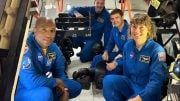

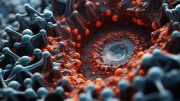
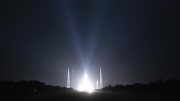
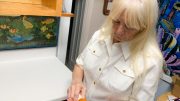
Be the first to comment on "ISS Astronauts Dive Into Space Physics Experiments and Human Research"